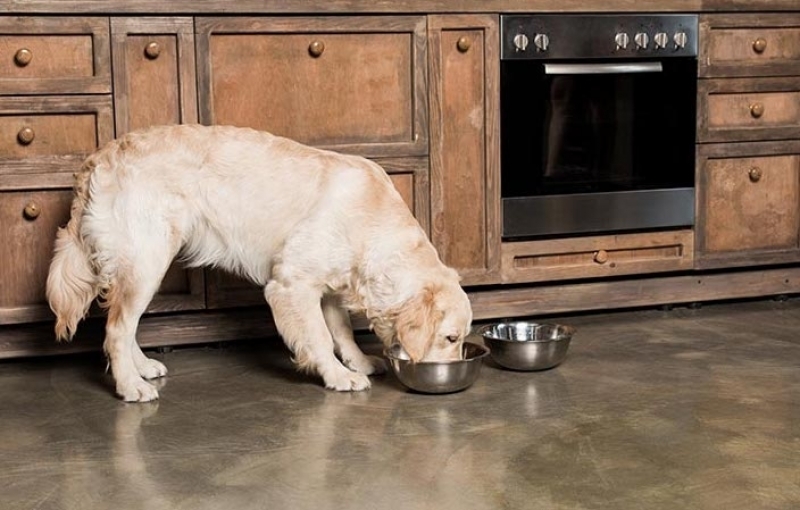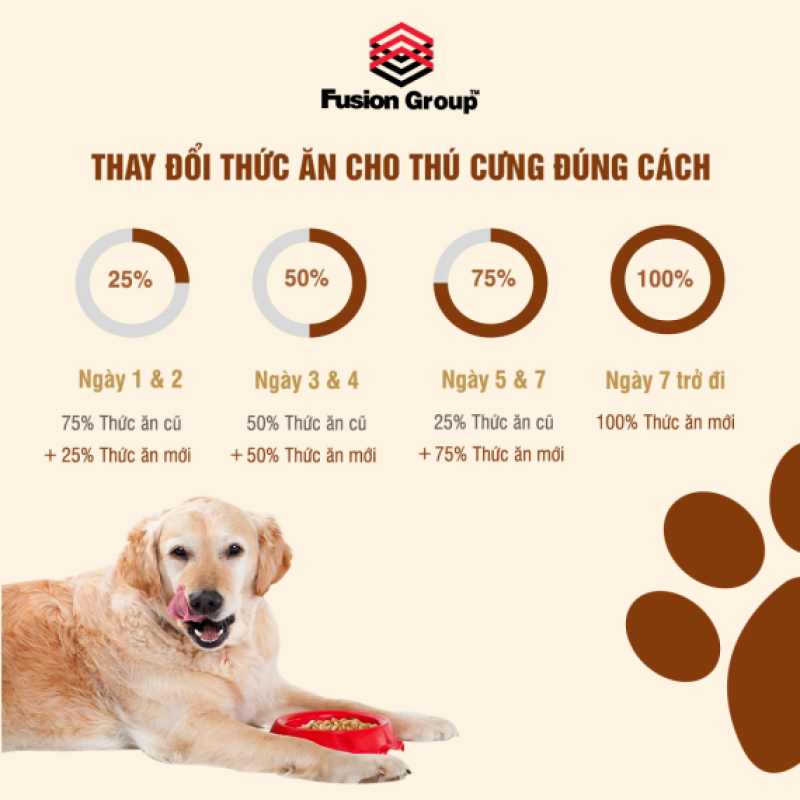In reality, there are several reasons for pet owners to consider changing their dog’s food. These may include:
- Adjusting the diet to meet the nutritional needs based on the dog’s age.
- Switching to a different type of food to enhance nutrient absorption.
- Transitioning to a specialized diet to support the treatment of a specific illness in the dog.
- Necessity due to discontinuation of the previous food by the manufacturer.
Each of these factors highlights the importance of monitoring and adapting a dog’s diet to ensure their health and well-being. Adjusting the food based on age ensures that dogs receive the appropriate nutrients to support their growth and development at different life stages. Moreover, switching to a more digestible food can optimize nutrient absorption, maximizing the benefits of the diet. In cases where a dog is undergoing treatment for a medical condition, a specialized diet tailored to their needs can aid in recovery and management of the illness.
Furthermore, the discontinuation of a previously used food may necessitate a change to ensure continuity in providing essential nutrition. It’s crucial for pet owners to stay informed about the nutritional requirements of their dogs and to make necessary adjustments to their diet as needed. By prioritizing the quality and suitability of the food, pet owners can help their canine companions lead healthier and happier lives.

Problem when changing food, forcing dogs to get used to new food suddenly
An adverse food reaction refers to a response or illness related to food in dogs, such as allergies, food intolerance, or other digestive disorders. However, it’s important to understand that allergies stem from specific immune system reactions and must be accurately diagnosed by a veterinarian to identify the food component causing the reaction.
According to the American Kennel Club, when changing a dog’s food or introducing them to new food abruptly, there may be various reactions, including symptoms related to the digestive system, such as vomiting, nausea, diarrhea, or changes in appetite.
When transitioning to a new food, some dogs may experience vomiting or diarrhea due to changes in pH levels between the old and new food. If this condition persists (for over a week) without timely detection and support from the pet owner, it can lead to further complications such as fatigue, decreased immunity, and susceptibility to future ailments.
Additionally, some sensitive dogs may exhibit aversion to food or loss of appetite if the food transition is too abrupt, showing signs of picky eating or refusing to eat altogether. However, if this food aversion only lasts for a short period (4-5 days), it’s not a cause for major concern for the pet owner. It’s important to continue and persist in the food transition, but it should be done gradually and according to the dog’s needs. Dogs, like humans, can be wary of sudden changes and need time to adjust.
Furthermore, there are symptoms that manifest on the skin or a combination of both skin and digestive symptoms. Skin-related allergic reactions may include itching, inflammation, excessive shedding, or various skin rashes. Therefore, if such symptoms occur, it’s advisable to seek veterinary attention for a thorough examination and evaluation of the dog’s condition.
4 simple steps to help dogs get used to new foods

To avoid your pet having gastrointestinal problems when feeding your dog new food, you need to strictly follow the “7 days” rule as follows:
Step 1: Combining old and new food in a 75-25 ratio
To avoid issues when changing your dog’s food, start by feeding them a small amount of the new food. Specifically, you’ll need to mix the old and new food in a ratio of 75% old food and 25% new food for your dog to get accustomed to. This initial step allows dogs to become familiar with the taste, nutritional components, and enjoy the new food. This process takes 2 days (day 1 + day 2), during which you’ll closely observe your dog’s reactions. Pay attention to how they respond to the new food, their bowel movements, water intake, and overall activity. Particularly focus on their bowel movements during this time.
Step 2: Adjusting the ratio to 50-50
After 2 days of getting used to the new food and observing no abnormal reactions, increase the amount of new food to balance with the old food. The ratio of old food to new food can now be 50% – 50%. This step also takes 2 days (day 3 + day 4), during which you’ll continue monitoring your dog’s responses to the new food, including their activity levels, appetite, and especially their bowel movements.
Step 3: Increasing the ratio to 25-75
This step takes 2 days (day 5 + day 6). After 4 days of getting acquainted with the new food and observing normal digestive functions, further decrease the ratio of old food and increase the ratio of new food to 25% – 75%. This allows your dog to experience more of the new food’s taste and adapt to it. Continue observing your dog’s reactions to the new food. Ideally, feed your dog when you’re at home so you can monitor them while they eat.
Step 4: Transitioning to entirely new food
After 6 days of gradually introducing the new food, your dog should be almost fully adapted to it in terms of digestion and taste. You can now feed your dog 100% of the new food and eliminate the old food from their diet.
Introducing new food to your dog over a 7-day period can help minimize digestive disorders, diarrhea, picky eating, or reluctance to eat in the future. The four simple steps outlined above are designed to guide you through changing your dog’s food. By following these steps, you can effectively transition your dog to a new diet while minimizing any potential discomfort or digestive issues.
It’s important to remember that every dog is unique, and their response to dietary changes may vary. While these steps provide a structured approach, it’s essential to monitor your dog closely throughout the transition process and adjust accordingly based on their individual needs and reactions.
For the best results, consider consulting with your veterinarian before making any significant changes to your dog’s diet. They can offer personalized recommendations based on your dog’s age, breed, health status, and dietary requirements.
Stay updated with our website to access the latest information on selecting suitable food and caring for your pets to ensure they stay healthy and free from common ailments. Your pet’s well-being is our priority, and we’re dedicated to providing you with the resources and guidance you need to keep them thriving.